So strong was Adichie's "single story" that she even wrote stories in which the characters were predominantly the ones she had been exposed to in the literature she read as a young girl!
Stereotypes like the ones referred to in Adichie's TED talk permeate not only ethnic culture, but also gender, faith, ability and sexual identity, and it is this latter category that I want to consider in today's blog post.
Gays and Lesbians - A Hot Topic in Class!
During the first several weeks of school, I spent considerable time climate-building, discussing class and school rules and procedures with my students to set them up for a successful academic year. Among other things, we spent several lessons considering how to be good digital citizens. One scenario I presented to my students was whether it was okay to make racist or homophobic comments, as long as it was done privately by text rather than publicly on social media (obviously not).
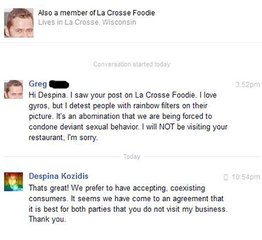
Of all the many things that came out of my mouth those first three weeks of school, the word "gay" must have stuck with one of the kids, because the next day, my principal got a phone call from a parent concerned that "all Ms.Teschow talks about in class is gays and lesbians".
Fortunately, my admin had my back, and we went on our merry way, talking about gays, lesbians, people of colour, fractions, paragraphs, metaphors and similes, homophones, the principles of flight, and a host of other topics that form the curricula -- both formal and hidden -- of a typical middle school!
Hetero-normative Schema
It intrigued me, though, that my openness about using the language of LGBTQ culture was so unusual for a student to experience that my comments would form a highlight of her month. If students were not hearing the words "gay", "lesbian" or "transgender" from their teachers, where were they hearing them, and in what context were they forming their schemas?
Because my students did have a picture in their minds of what LGBTQ looked like, and I suspect it probably looked something like this:
That you could "catch" being gay was another common theme, and it wasn't until far into the school year, towards the end of our Canadian Identity Inquiry at the end of February, that students came to reflect on their erroneous thinking with comments like this one from a written reflection in my class:
"A misconception I had in the beginning of the unit was that I was thinking that if I had LGBTQ friends I would turn LGBTQ but now as I think of that I kind of feel like I was wrong about that because just thinking about that, it sounds stupid."
Intentional Teaching
But, like unteaching racism, sexism and islamophobia, untying the knots of heteronormativity takes intentional, nuanced teaching that requires conscious decision-making daily in a variety of school contexts with the support of all adults in the building.
Homophobia is a particularly difficult challenge to deal with because it is so deeply entrenched in some people's interpretation of their religious texts, and further, because LGBTQ culture is so often misunderstood as one rooted in sex. (It's always a surprise to homophobic parents when they discover that their child's gay teacher has children of her own, and makes their school lunches, and takes them to summer camps and the zoo and the science centre... just like they do with their children! And that my partner and I do laundry and grocery shopping and plan family outings and get grumpy about not having enough sleep or having too many expenses... just like they do!)
And so, because I myself am queer and sick of being discriminated against by the very people I have committed my life to serving, and because I have students in my class who come from LGBTQ families, and because I have students in my class who are struggling with their own identities in the context of highly homophobic households, I have decided to become increasingly intentional about the hidden curriculum and in particular, to interrupt my students' "single story" of what it means to identify as LGBTQ.
LGBTQ People
I have found that a particularly powerful way to begin untying the knots of prejudice is though personal stories and connections with people.
In my classroom, we love visitors, and so towards the end of our Canada Inquiry, when we began exploring intersectionality, and students were asking about people who were openly LGBTQ, I invited an out, genderfluid teacher from another school to visit my class. We secured the support of their principal, and invited them in to chat with my class about what it means to be Ukrainian Canadian and LGBTQ, from their perspective.
As one student wrote later, "When Mr. Maxton first came I kind of felt weird about what he looked like, and it was kind of awkward".
Our visitor, however, is a master with words and a delight with children, and my class was soon so engrossed with the tales told of middle school and family and friendship, that they quickly warmed up to our guest, and asked many questions and shared many stories of their own!
The same student from earlier continued her reflection, "...but then once he began talking all the weird feelings went, and I felt like he was a teacher that should be respected and people always judged him before they actually got to know him."
Lessons like that can't be learned from a textbook.
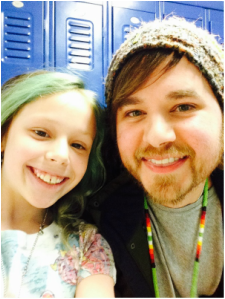 Sarah and Greg, used w permission
Sarah and Greg, used w permission
Another valuable contribution Mr. Maxton made to our class was by validating, with their very presence as an honoured guest, the value of LGBTQ people and their contributions as teachers and as people in general.
A student in my class who comes from a two-mom household was glowing the whole time our guest was there, and was eager share photos of her own unconventiuonal family, which our guest oohed and ahhhed over sufficiently. The student subsequently demanded a selfie with our guest before they left, which Mr. Maxton obliged to; I've never seen her so smiley for such a long time!
Enlarging the LGBTQ Picture
My one concern with inviting Mr. Maxton into my classroom as the sole "openly LGBTQ" speaker, was that I might -- as my instructional coach pointed out -- be perpetuating the single story for my students in some sense: Mr. Maxton "looks" gay. And while that's great, and wonderful, and in fact one of the reasons I wanted to introduce him to my students, it is not the only picture of LGBTQ.
My next move, therefore, was a sneaky one. We had been talking about the arrival of Syrian refugees in our school (we'd received four new students that week), and coincidentally, I had recently met a teacher from a school nearby that had rec'd 21 Syrian refugees in one day!
Conveniently, she was also a self-identified lesbian, and, best of all, she "looked straight".
Hatching a Plan
We collaborated on a mutually beneficial scheme: Ms. Z, a well-liked junior teacher, was working with a group of allies at her school to find ways to reduce the homophobia amongst some parts of the student body, and one thing they were considering doing was co-teaching a lesson to a group of Grade 4 students, followed by Ms. Z coming out to that group.
We thought it might be interesting for her to "practise" on my well-versed, respectful group of students, first, and give them an opportunity to consider and advise on her real life dilemma, so I invited her in to chat with my class about Canadian identity, and about being a good ally (both in general, and specific to newcomer/refugee students and to LGBTQ people).
My girls in particular loved Ms. Z; with full recognition of how terribly stereotypical this sounds, but also respecting the reality of the situation, the girls in my class absolutely love young, long-haired female teachers! Add to that the fact that Ms. Z really just is a lovely human being, my students warmed to her very quickly, and were interested in her stories about the arrival of so many Syrian refugees at her school, and how the teachers and students there were being good hosts and welcoming the new students to Canada and to school.
Wow, were my students ever surprised when the talk turned from being a good ally for newcomers to Canada to being a good ally in general, and Ms. Z told them that she was gay!!!
Challenging Internal Biases
As many of my students' mouths dropped open and there were some audible gasps for air, I asked our guest's permission to interrupt her talk for a moment, and recognize what had happened.
Not two minutes earlier, in the context of racism and Islamophobia, one of my students had said, "we shouldn't judge a book by its cover"!
Everyone began to chuckle as they realised they had just done exactly that!!! They were quick to recognize that their surprise had been because they still carried the internal stereotype of a "lesbian", which was more like this:
than this...
After we all had a good laugh about our own internal schemas, and reminded ourselves to be more conscious of these, we carried on with the conversation. Students were intrigued with Ms. Z's dilemma, and they asked many questions and offered insightful, supportive, thoughtful comments. (Most thought it would be good for her to come out to her students, and good for the students, too, to broaden their perspective, through a few worried that Ms. Z would get hurt.)
Afterwards, students wrote kind and supportive comments on our Edmodo page under Ms, Z's photo, which another student had posted: "She's so pretty", "It was really nice having her in our classroom" and "I agree", among other things.
Multiplicity
As we proceed throughout the year, and move on to other subjects, I hope my students will carry forward the lessons learned from our explorations of just a few LGBTQ stories.
In particular, hope they are learning that people -- all people -- come in an endless variety of proverbial shapes and sizes: That LGBTQ can look like Mr. Maxton, the beautiful, genderfluid author/Grade 8 teacher, or like Ms. Teschow, the female Grade 6 teacher with short hair who has twin boys and sometimes wears a tie, or like Ms. Z, the young, female teacher with long hair and feminine clothing who cares deeply about welcoming newcomers.... and that people of colour and people with varying physical or mental abilities and people of different faiths can also share those traits and many others.
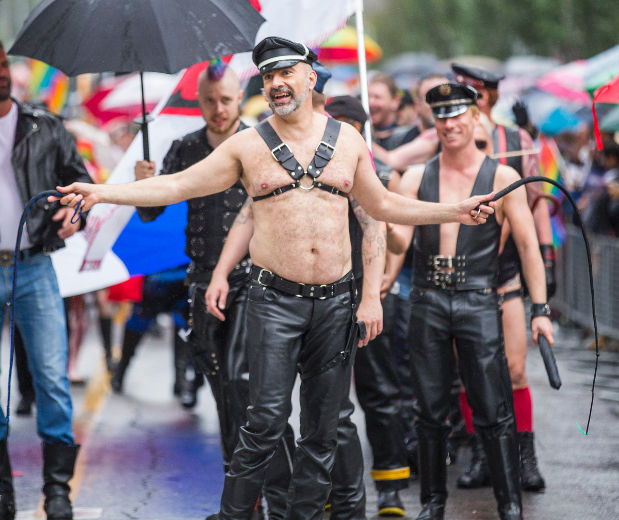
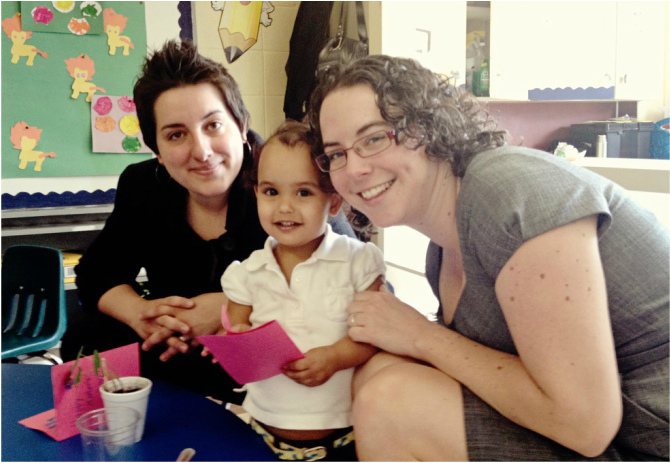
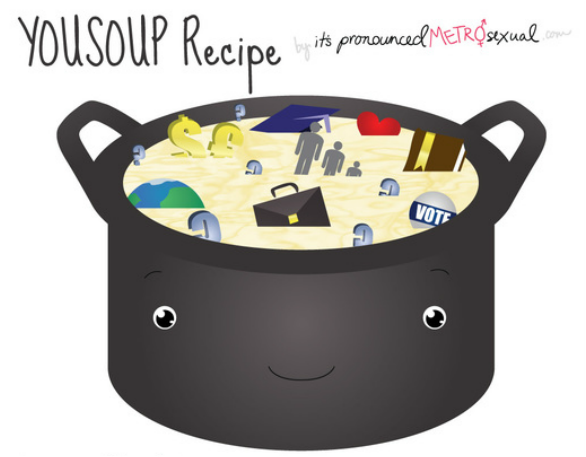
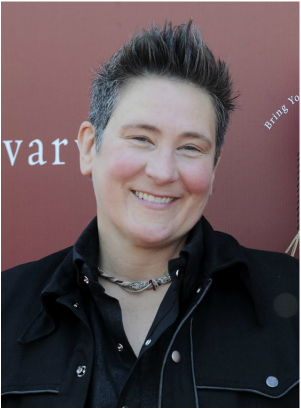
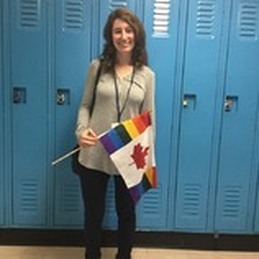
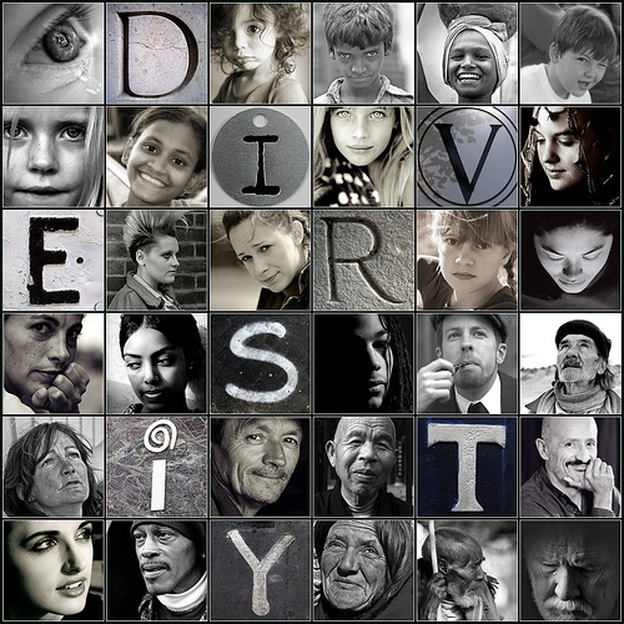
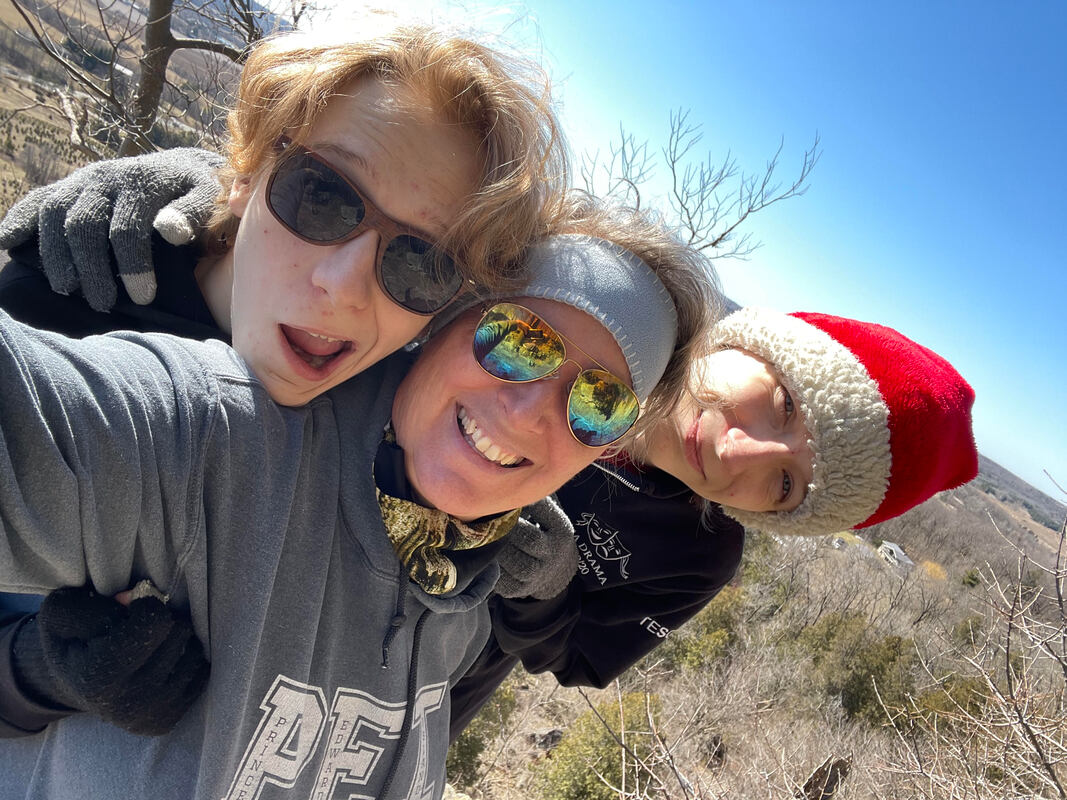
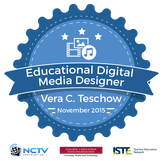
 RSS Feed
RSS Feed